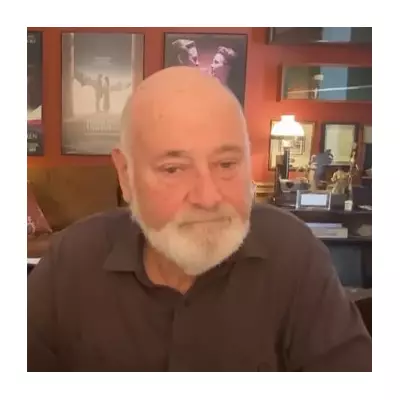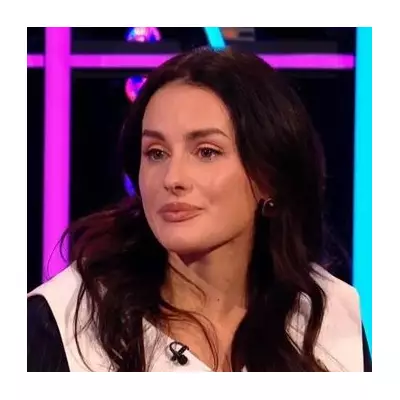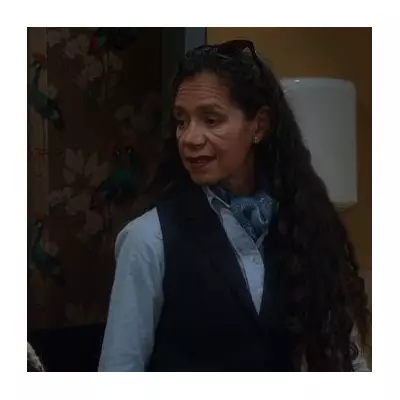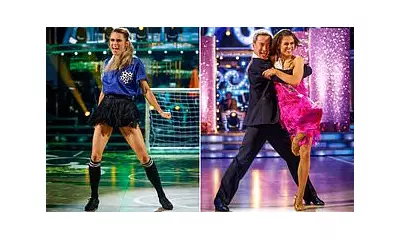
In an increasingly volatile world, a surprising trend is marching from the battlefield to the high street: camouflage is having a major fashion moment. But this isn't just about style—it's a sartorial response to the violence and uncertainty permeating our collective consciousness.
The Psychological Armour of Pattern
What drives our sudden fascination with disruptive patterns designed to conceal? Fashion psychologists suggest it's more than mere aesthetics. As global conflicts dominate headlines and personal safety feels increasingly fragile, camouflage serves as psychological armour. The clothing that once helped soldiers disappear into landscapes now helps civilians navigate an overwhelming world.
From Battlefield to Catwalk
Military-inspired fashion is nothing new, but current camouflage trends differ significantly. Today's iterations appear in unexpected forms: delicate floral camo prints, pastel-toned disruptive patterns, and even metallic camouflage fabrics for evening wear. Designers are reimagining what concealment means in urban environments.
This trend represents a fascinating paradox. While social media encourages constant visibility and personal branding, fashion is embracing patterns designed to make the wearer disappear. It's the ultimate fashion contradiction: standing out by blending in.
The Evolution of Protective Dressing
Historically, fashion has often responded to societal trauma with protective elements. Consider the following developments:
- Post-9/11 saw a rise in utilitarian fashion and muted colours
- The pandemic normalised face coverings as both protection and accessory
- Economic uncertainty often correlates with more conservative, investment-piece dressing
Camouflage fits perfectly into this pattern of defensive dressing. It represents clothing as both shield and statement—a way to navigate public spaces while maintaining a sense of security.
The British Take on Camo
In the UK, the camouflage trend has taken on distinctive characteristics. British designers are blending traditional military patterns with classic tailoring, creating pieces that feel both rebellious and refined. The trend appears particularly strong among urban youth, who mix camouflage with streetwear staples, and professionals seeking to add an edge to their workwear.
This adoption raises interesting questions about cultural appropriation versus appreciation. When fashion borrows from military symbolism, it inevitably sanitises and aestheticises the reality of conflict. Yet it also represents a form of collective processing—working through societal anxiety via the clothes we choose to wear.
Fashion as Social Barometer
The current camouflage craze serves as a powerful reminder that fashion is never just about clothing. It reflects our deepest fears, aspirations, and methods of coping. In choosing camouflage, we're not just making a style statement—we're dressing for the world we inhabit, with all its complexity and danger.
As one London-based fashion analyst noted, "When people feel exposed and vulnerable, they gravitate toward clothing that offers the illusion of protection. Camouflage provides both literal visual disruption and metaphorical shelter from the chaos."
Whether this trend represents healthy adaptation or concerning normalisation of violence remains open to debate. What's certain is that as long as the world feels threatening, fashion will continue to provide both literal and psychological covering—and camouflage will likely remain in rotation.





